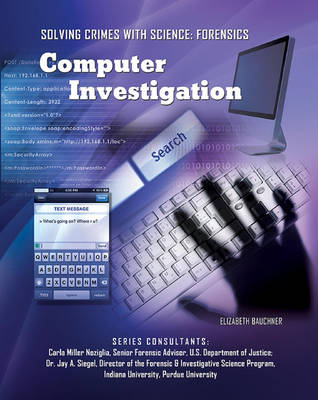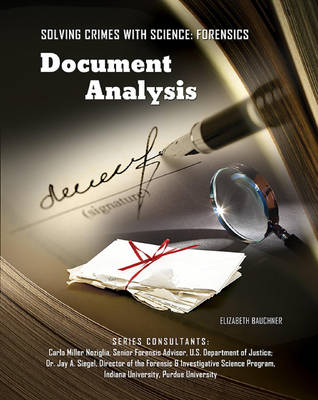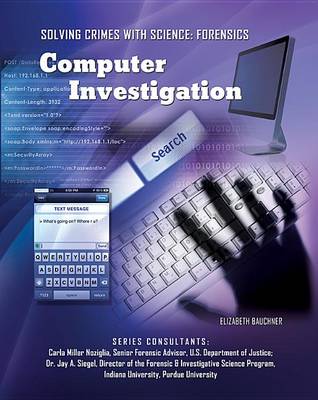Solving Crimes With Science: Forensics
3 total works
The digital age we entered in the twenty-first century has rapidly become an age of digital crime. Cybercrimes like spoofing, phishing, and hacking are on the rise, and computer forensic technicians are on the case. Even "traditional" crimes like murder, fraud, and child abuse can be both facilitated by computers—and solved through computer investigation. Computer Investigation helps readers understand how cybercrimes are committed, and how investigators help solve them and bring the perpetrators to justice. Readers will also gain a few tips for protecting themselves online and protecting their computers from intrusions and hacks.
The famous Lindbergh kidnapping in the 1930s was solved, in part, through a detailed analysis of the kidnapper's handwriting. Other criminal cases, such as selling phony manuscripts, forgery, and fraud can be broken with detailed analyses of handwriting, typewriting, photocopied documents, and the inks and papers used on documents. The science of analyzing documents has been growing for more than a century. In this book, readers will learn how to document analysis has helped solve various crimes, from kidnappings and famous forgeries, to bombings and other violent crimes. Readers will also see how document examiners present their findings in court. Crime leaves a paper trail—and document analysis provides the techniques for following that trail.


